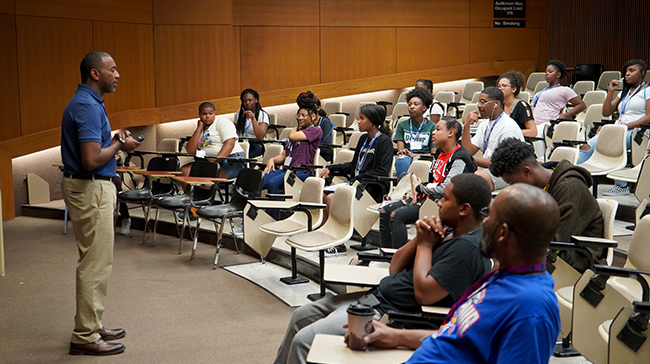
Conduct Needs and Resources Assessment
Understanding the community context and assessing needs and assets are essential parts of addressing issues and promoting improvement in the youth justice system. Engaging communities and other stakeholders in a situational assessment can help inform the initiative’s planning and action.
- Gather and assess information on the community and the issue(s) that the youth justice improvement initiative will be working to address. Information may include:
- Identify social determinants that produce marked differences in outcomes (inequities) for specific groups.
- Establish a process to guide how decisions will be made (e.g., choosing a priority goal, deciding a shared vision and objectives). This may be through unanimous, consensus, majority rule, or executive decision-making.
- Determine the priority goal of the initiative by analyzing and prioritizing the evidence gathered. This evidence may include:
- Develop an inventory of the resources and assets available, and how the group can use them to address the priority goal (e.g. people, networks, organizations, skills, expertise, money, facilities).